50 F. high in the Twin Cities yesterday.
51 F. average high on October 31.
40 F. high on October 31, 2014.
.33″ rain fell at MSP International Airport yesterday.
November 1, 2000: An F1 tornado touched down on a farm east of Prinsburg in Kandiyohi County destroying a small storage shed. It also tipped another shed on its side, and ripped off a portion of the roof of a third shed.
November 1, 1999: High winds were reported in central Minnesota. The St. Cloud State University Meteorology Department in Stearns county recorded a 65 mph gust. Morris AWOS in Stevens county, posted a 62 mph gust and Willmar AWOS in Kandiyohi county recorded a 59 mph gust. Area wide sustained winds of 40 mph occurred, with gusts in the 45 to 50 mph range.
November 1, 1991: Classes were canceled across the state due to the Halloween Blizzard. Three foot drifts across I-94 from the Twin Cities to St. Cloud.
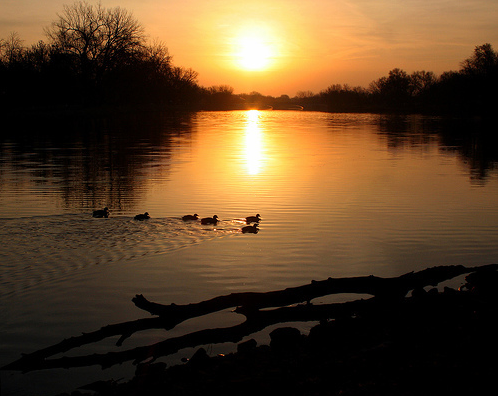
November Shirtsleeves
Streak of 60s, 70F Midweek?
“November always seemed to me the Norway of the year” wrote Emily Dickinson. Perhaps Denmark or northern Germany would be a better metaphor this year.
El Nino-warmed winds from the Pacific are slowing our free-fall into winter, like the smoking brakes of an 18-wheeler truck creeping downhill. There’s little doubt November will bring heavy jackets, the first accumulating snow of the winter season and mostly-frozen ground by Thanskgiving. If Canada were to run out of cold fronts the implications for the planet would be stark.
But November 2015 will launch on a positively balmy note, feeling more like late September. Models almost unanimously boost high temperatures into the 60s from today into Wednesday, in fact I’m predicting a few 70s by midweek – in some cases 20 to 30F warmer than average – an “average” that continues to warm over time.
Expect plenty of sun the next 4 days; light jackets in the morning, shirt-sleeves by early afternoon. A cooler front sparks showers on Thursday with highs stuck in the 40s next weekend.
No blistering arctic attacks brewing just yet.

November Mild Spell. Models are all in tight agreement showing highs near 60F today; well into the 60s Monday, Tuesday and Wednesday. 70F isn’t out of the question Tuesday and Wednesday from the Twin Cities on south and east. Pretty remarkable considering average highs now are in the upper 40s. Source: NOAA and Aeris Enterprise.
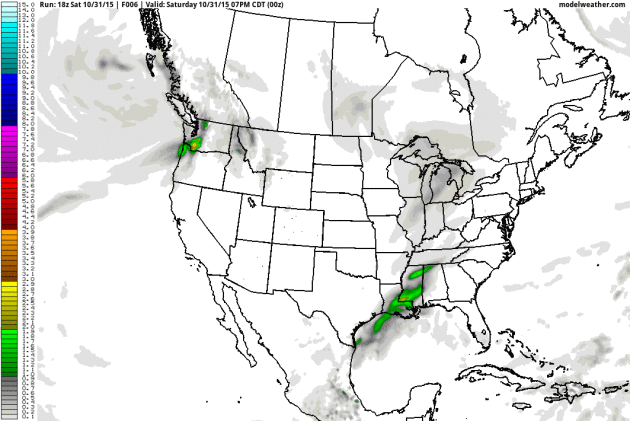
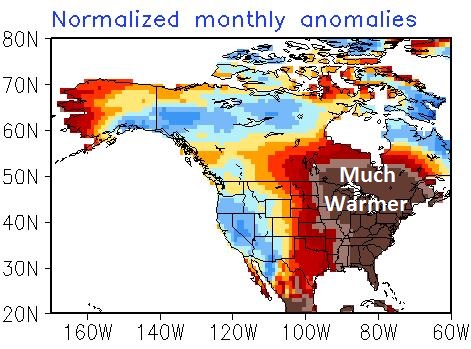
November Temperature Anomalies. Here is the latest guidance from NOAA’s CFS model showing average November temperatures as much as 2-3F warmer than average east of the Mississippi River.
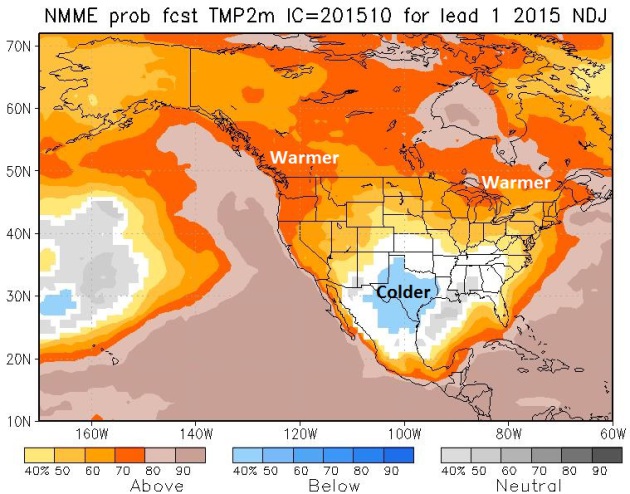
Mild Bias Continues? El Nino may begin to weaken in early 2016, but a more persistent and powerful prevailing wind flow from the Pacific is forecast to keep much of North America milder than average; the only exception Texas as an energized southerly branch of the jet pulls a parade of storms across the Deep South. At least on paper, in theory. Results may vary. December – February outlook: NOAA NMME model.
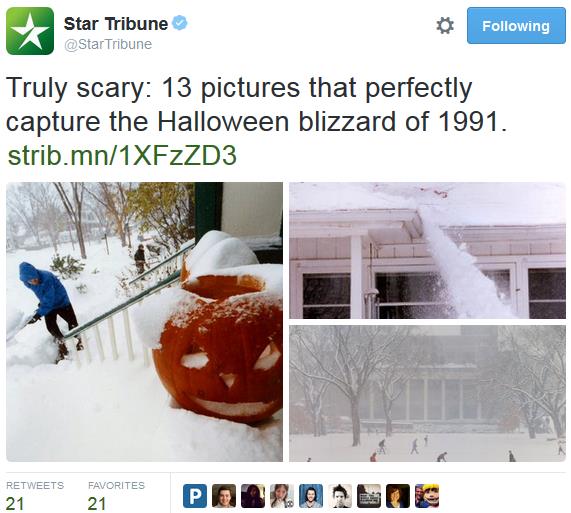
Truly Frightening. 13 Photos That Perfectly Capture the Halloween Blizzard of 1991. Aaah, the memories. Check out a pictorial review that may send shivers up your spine, courtesy of The Star Tribune. Odds are we’ll never see another storm of that magnitude so early in the season in our lifetime.

First Measurable Autumn Snowfall. Dr. Mark Seeley has more details on our midweek snow event at Minnesota WeatherTalk, the first of the season for the immediate Twin Cities metro, just enough to remind all of us that winter is, in fact, on the way: “Wednesday and Thursday, October 28-29 brought the first measurable snowfalls of the autumn season to Minnesota, although most observers reported a mixture of precipitation, both rain and snow, with temperatures hovering in the low to mid 30s F. Many observers reported from 0.1 to 0.4 inches, including Rochester with 0.2 inches which tied the record value there for October 28th. Long Prairie (Todd County), Montgomery (Le Sueur County), and Cass Lake (Cass County) reported 0.5 inches, Grand Rapids 0.7 inches, and Eau Claire, WI reported 0.9 inches. Rothsay (Wilkin County) reported 1 inch of snow (tying the record from 1964), while just north of Brainerd an observer reported 2.2 inches of new snow…”

Destructive Cyclone Chapala Threatens Yemen, Oman. It’s highly unusual to have a hurricane this intense in the Arabian Sea – here’s an excerpt from The Weather Channel: “Cyclone Chapala became the strongest tropical system so far south in the Arabian Sea on record and may make an unprecedented landfall at hurricane strength along the coast of Yemen or southwest Oman in the days ahead. Chapala rapidly intensified and had estimated winds as strong as a high-end Category 4 early Friday. Some further decrease in intensity are expected over the next day or so as the system gradually weakens…”
Image credit: UW-CIMSS.
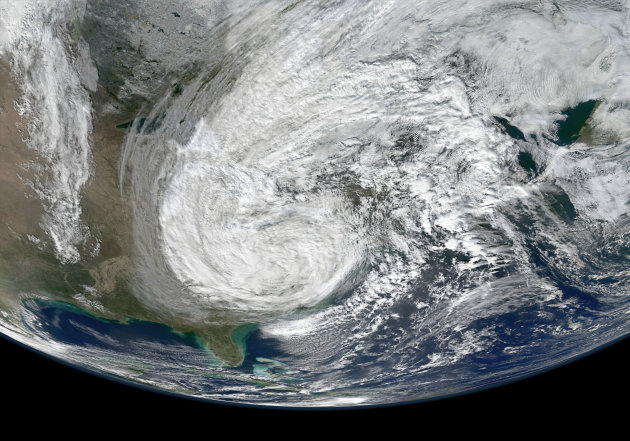
Three Years Later, Are We Ready for the Next Sandy? Picking up on the same theme of resilience and readiness, New York Magazine takes a look; here’s an excerpt: “Hurricane Sandy struck three years ago today, flooding the coasts of New York and New Jersey and, unforgettably, putting out the lights in half of Manhattan. And unless you were directly affected by it, it’s pretty easy to forget, or at least not think about it. But it’s not if you’re still trying to rebuild, as many people are. This spring, the Federal Emergency Management Agency began a review of 17,000 Hurricane Sandy–related disaster claims. According to ABC News, the resulting report found that roughly three in five were still owed money. Some people are waiting for more than $100,000, and FEMA is trying to fix the problem by doling out additional reimbursements, at an average of $15,000...” (File image above: NASA).
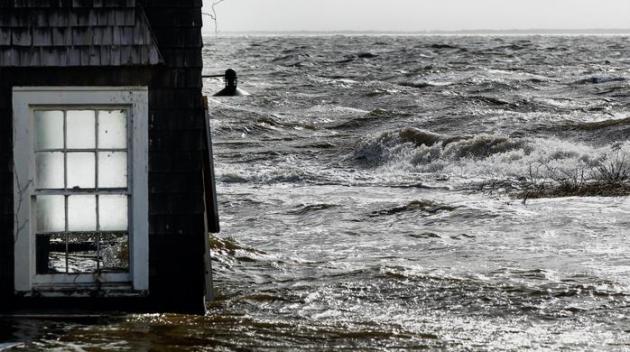
East Coast and Gulf Coast Power Grids Are Still Not Ready for a Big Hurricane. Grist takes a look at the grid and discovers it isn’t ready for The Big One. Shocking. Here’s a clip: “…So, you might think maybe it’s high time we get our catastrophic-weather act together? Well, earlier this week, The Union of Concerned Scientists (UCS) released a study showing that most of the power grid on the Gulf and East Coasts of the United States would not be prepared for another Category 3 hurricane. Inside Climate News reports: In all, 68 power plants and 415 major electric power substations are susceptible to flooding in a Category 3 hurricane, a storm with sustained winds up to 130 mph…”
Photo credit above: “Water pushed up by Hurricane Sandy splashes into the window of a building in Bellport, N.Y.” REUTERS/Lucas Jackson.
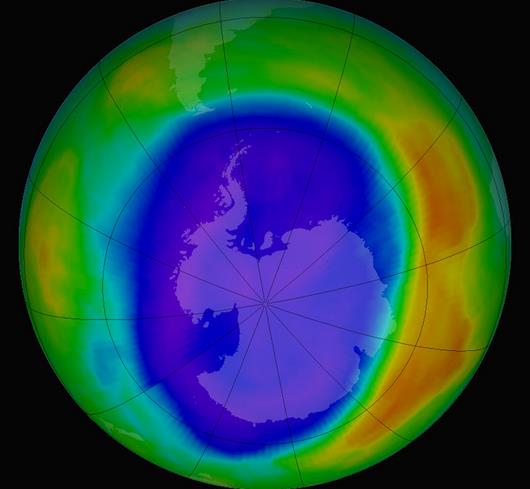
Antarctic Ozone Hole Expands to Near-Record Size. Here’s the latest from USA TODAY: “The Antarctic ozone hole widened to one of its largest sizes on record earlier this month, the U.N.’s World Meteorological Organization (WMO) announced Thursday. The hole’s large size was due to unusually cold temperatures in the stratosphere, the level of the atmosphere where the ozone hole and ozone layer are located, the agency said. “This shows us that the ozone hole problem is still with us and we need to remain vigilant. But there is no reason for undue alarm,” Geir Braathen, a senior scientist in WMO’s Atmospheric and Environment Research Division, said in a statement...” (Image credit: NASA).

Image credit above: Michael Reilly, ASSOCIATED PRESS – AP. “A highly regarded federal scientist filed a whistleblower complaint Wednesday against the U.S. Department of Agriculture (USDA), charging that he was punished for publicizing research showing a link between pesticides and the decline in bees.”
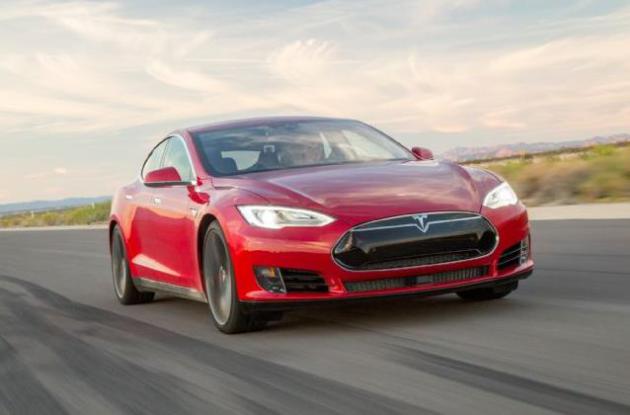
2015 Tesla Model S P90D With “Ludicrous Mode”. First Test Review. I’m just amazed that Elon Musk was able to get “Ludicrous Mode” (0 to 60 in 2.6 seconds) past the lawyers. Wow. Here’s an excerpt of a review at Motor Trend: “Stop what you’re doing right now. Stop texting. Get off YouTube, close Facebook, and pause for a moment so you can truly appreciate the times we’re living in, a world where if you have the means you can go out and buy an American-made, 762-hp, all-wheel-drive electric car that’s as capable of driving itself as it is smoking supercars off the line. That car is the new Ludicrous-enhanced 2015 Tesla Model S P90D…”

What Americans Fear Most, According to Their Google Search Histories. After reading Ted Koppel’s chilling new book I’m paranoid about the lights staying on and the grid staying up. That’s at the top of my uh-oh list. Here’s an excerpt from TIME: “…For Americans, the biggest fear, apparently, is corruption of government officials, according to a recent survey. (Other biggies from that study included cyber-terrorism, economic collapse and corporate tracking of personal information. Basically, we’re all really paranoid.) But actually, when you use the super-scientific metric of Google searches, Americans are mostly afraid of things like God, heights and other people…”

TODAY: Partly sunny, mild breeze. Winds: S 10-15. High: 63
SUNDAY NIGHT: Partly cloudy. Low: 47
MONDAY: Mix of clouds and sun, very nice. High: 66
TUESDAY: Blue sky, warm winds. Wake-up: 51. High: near 70
WEDNESDAY: Is this November? September flashback with lukewarm sun. Wake-up: 57. High: 72
THURSDAY: Cooler, growing chance of showers. Wake-up: 47. High: 52
FRIDAY: Slow clearing, jacket weather returns. Wake-up: 39. High: 47
SATURDAY: Mostly cloudy, feels like November. Winds: E 5-10. Wake-up: 33. High: 45
Climate Stories…
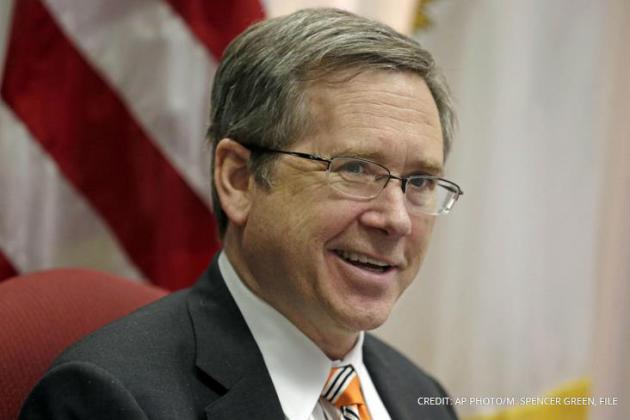
These 4 Republican Senators are Forming at Group to Tackle Climate Change. I almost fell off my couch when I saw this story move on the wires; here’s the intro from ThinkProgress: “The environment just got a boost from an unlikely source: Senate Republicans. Four senators — Kelly Ayotte (R-NH), Lamar Alexander (R-TN), Mark Kirk (R-IL), and Lindsey Graham (R-SC) — formed a Senate Energy and Environment Working Group this week that, according to Ayotte’s office, will “focus on ways we can protect our environment and climate while also bolstering clean energy innovation that helps drive job creation.” The group will meet semi-regularly to discuss environmental issues and talk about potential legislative ways to address them…”
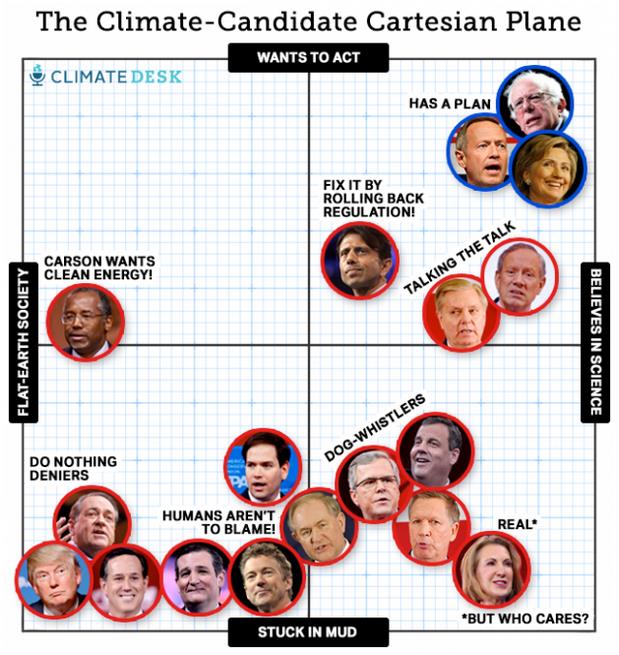
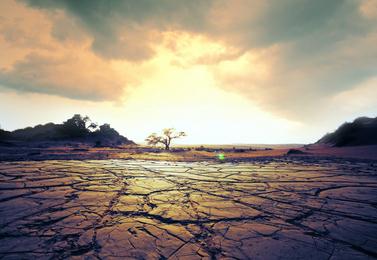
Drought Swaying Opinions on Global Warming. The Columbian has the story – here’s an excerpt: “Severe drought affecting many parts of the nation is convincing skeptics of global warming to reconsider their position on the matter. For the first time since 2008, 7 out of 10 Americans indicate that there is solid evidence of global warming, according to a report from the National Surveys on Energy and Environment. This is a 10 percent increase from last fall and just behind the record 72 percent in 2008. More than 60 percent of those who believe global warming evidence cite severe drought as having a “very large effect” on their stance. Dr. Nancy Selover, the state climatologist for Arizona, said there is good science supporting the public’s belief in global warming…”
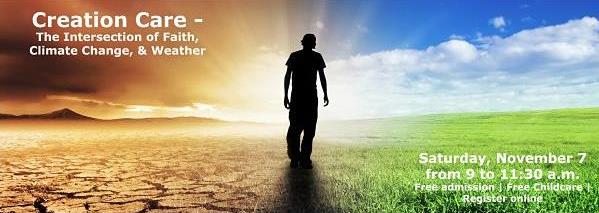
Climate Change and Creation Care. As I dig into how United States faith communities are responding to climate change I am noticing that there is a very concerted effort to care for creation and a focus specifically on climate change. An example of this is the United Methodist Women’s national office has made climate justice one of its four social justice priorities.
Would you like to explore where your faith intersections with weather and climate change? On Saturday, November 7th at 9a in Prior Lake, Shepherd of the Lake Lutheran Church is hosting a Creation Care event that will examine the intersection of faith, climate change and weather. The event is free. Childcare is provided for those that RSVP. Presenters include faith leaders from the Lutheran, Methodist, MCC and Catholic church, Dr. John Abraham (climate scientist from the University of St. Thomas) and me. RSVP at: http://www.sollc.org/creationcare.

How Exxon Overstates the Uncertainty in Climate Science. Here’s an excerpt of the latest installment of a series at InsideClimate News: “…Testing people’s reaction to one such complicated graph, Rosemarie McMahon and two other Zurich experts found that the test-takers commonly missed the point. People didn’t see that our choices, not the models, will determine how much warming we are in for. The result, says an article they published in the journal Climatic Change, is “a misguided perception that climate science is too uncertain to play any significant role in policy decisions.” If the researchers found many of their test subjects utterly befuddled by the graph, Cohen did little to clarify things. His point in highlighting that particular chart was to emphasize scientific uncertainty, an approach Exxon has pursued for decades…”
Graph credit above: “Exxon spokesman Ken Cohen either misunderstood or misrepresented the chart pictured above as he pushed back against an InsideClimate News investigation into what Exxon’s own scientists knew about the emerging risks of climate change, and when they knew it.”
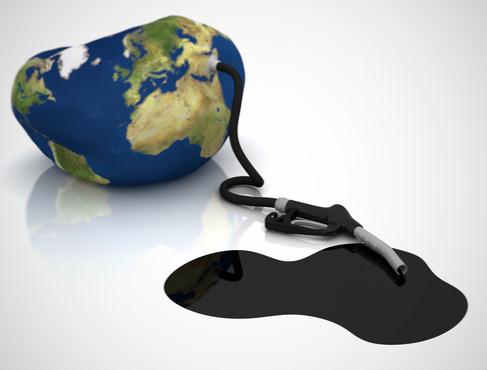
Fossil Fuel Companies Aren’t Just Bad for the Climate – They’re Bad Investments. Grist makes the case; here’s the intro: “Activists often use moral language when advocating for divestment from fossil fuel companies: It is wrong to participate in the destruction of our planet, say college students and the parishioners of liberal churches. We should express our disapproval by divesting, they argue, and help to build momentum for carbon regulation and cleaner energy sources. But what if fossil fuels are just bad investments? What if oil, gas, and coal companies have sunk billions of dollars into buying up the rights to carbon fuels that they will never actually be able to extract? That’s what a growing band of financiers argue, and the people who follow their investment advice are benefiting from it...”
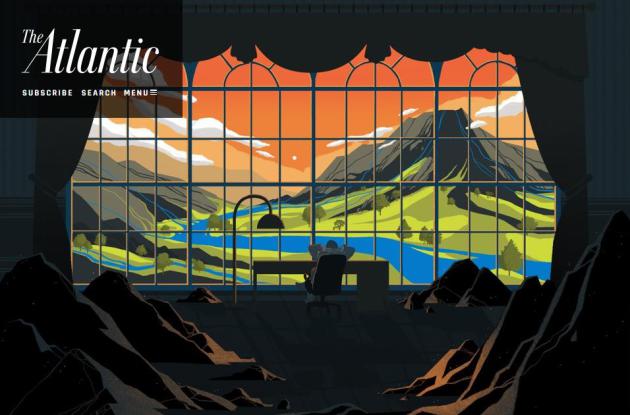
Buy Coal Now! Should climate-concerned billionaires pay up to keep remaining coal in the ground – indefinitely? Here’s an excerpt of a story at The Atlantic: “…Most climate regulations focus on making it more expensive to emit greenhouse gases. The cap-and-trade systems run by both the European Union and, soon, China take this approach: The thing they’re capping and trading is emissions. Frost believes that instead of regulating to limit the burning of fossil fuels, we should just never remove the fuels from earth’s crust in the first place. Coal-fired power plants release about 40 percent of global carbon emissions and are a frequent target of climate policies. Frost thinks we should pay the organizations which own underground coal deposits—specifically, the U.S. government—for the right to never mine it...”
Illustration credit above: Stephanie Shafer.

